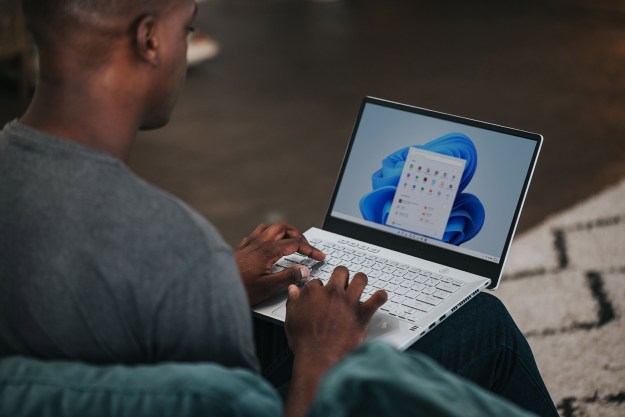
TechCrunch founder and co-editor Michael Arrington has resigned from the popular website to launch a venture capital fund to invest in technology startups, reports Fortune. Arrington will reportedly remain with TechCrunch in a limited capacity, as an “occasional contributor.”
Joining him in the fund, which will be called “CrunchFund,” will be Patrick Gallagher of VantagePoint Venture Partners. Fortune reports that “investors will include many of Silicon Valley’s top venture capital firms and tech luminaries.”
Arrington and Gallagher reportedly hope to raise $20 million in capital, according to an unnamed source. AOL, which bought TechCrunch las fall and has served as Arrington’s employer, is said to be the corner stone limited partner in Arrington’s new VC firm. Leading Silicon Valley venture capital firms, including Kleiner Perkins, Greylock, and Sequoia Capital, are said to be investing in CrunchFund.
Neither Arrington nor Gallagher have agreed to comment on the matter.
AOL confirmed with VentureBeat that Arrington will indeed be leaving the company to start CrunchFund; however, VentureBeat‘s Jolie O’Dell says it was unclear from their conversation with AOL whether CrunchFund “is a venture of Arrington, TechCrunch, AOL or some combination of the three.”
The decision for Arrington to no longer serve as TechCrunch‘s managing editor appears to be primarily an ethical one, as it would be a conflict of interest for Arrington to write about (and, therefore; give free publicity to) startups in which his company had invested — an issue that has long plagued the credibility of TechCrunch, as the publication has written about companies in which Arrington has invested in the past.
Managing editor duties will reportedly go to Eric Shoenfeld.
It’s entirely possible, however, that Arrington will follow in the footsteps of New York-based venture capitalist Fred Wilson, who regularly writes about the business of incubator investing, and often talks about the companies in which he has a stake.
Either way, it seems Arrington’s role in the tech world is about to expand in a concrete and meaningful way. It will be interesting to see what lies ahead for both Arrington and TechCrunch.
UPDATE: AOL Huffington Post president and editor-in-chief Arriana Huffington has confirmed with Business Insider that Arrington no longer reports to her in any capacity; AOL tells BI that Arrington has completely left the company.
[Image via]


